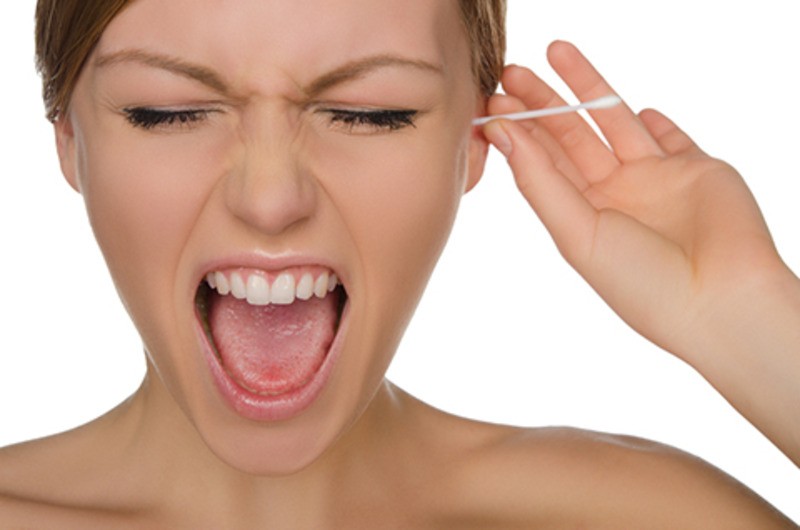
How to Clean Your Ears (And How NOT To)
Ears are self-cleaning organs. Don’t believe it? That’s no surprise considering there’s an entire industry devoted to having you believe otherwise. From drugstore cotton swabs to spa-provided ear candling services, you have many opportunities to hand over money for potentially dangerous substitutes for your body does just fine on its own.
Read on to learn more about how your ear takes care of itself and when and how to step in for additional ear cleaning
Earwax is Essential. Cotton Swabs Aren’t.
Essential to ears’ self-cleaning process is cerumen, the medical term for earwax. Under normal circumstances, earwax is only produced in the outer part of the ear canal, where the sticky, antimicrobial substance traps foreign particles and discourages the growth of bacteria and fungi. This protects the delicate inner ear from both damage and infection. Left alone, excess earwax eventually moves to the outer ear where it dries up and drops off or washes away unnoticed.
However, when earwax is pushed to the inner ear by cotton swabs or other implements, it can bring infectious debris to the inner ear. Doing so can also compact earwax, causing an obstruction that may result in pain or temporary hearing loss.
How to Clean Your Ears Safely
For the most part, you can stick to wiping the outer ear with a washcloth during your bath or shower and call it a day. (Cotton swabs can also be used to clean the outer ear, if you can resist the urge to dig deeper!)
Occasionally, you may experience an uncomfortable wax blockage, particularly if you are a senior (whose earwax tends be harder and drier) or part of a small percentage of people prone to excess earwax production. This may cause an earache, blocked feeling, or even temporary hearing loss. So long as your symptoms are mild, you may be able to clean your ears yourself using these methods:
- Loosening Wax with Mineral Oil
To help loosen earwax, place 1-2 drops of warm (not hot) mineral or baby oil in the ear twice a day for 2 or 3 days. Gently rinse the ear with warm water.
- Using Hydrogen Peroxide
Mix equal parts hydrogen peroxide and water, lie down on a towel and pour a few drops into the raised ear using a bulb syringe if desired. Allow the solution to sit in the ear for up to 20 minutes. You may hear bubbling sounds and feel a slight tickle as the solution breaks down the wax. Cover the ear with a towel and lean to the opposite side to fully drain the ear.
How NOT to Clean Your Ears: Cotton Swabs, Ear Candling, and Ear Irrigation Systems
Health professionals are fond of saying you should never put anything smaller than your elbow in your ears. That rules out your fingertips, personal ear cleaners, hairpins, and yes, cotton swabs or QTips ®. All of these run the risk of impacting earwax or worse, puncturing the ear drum.
Ear candling can also be taken off the table. Countless studies have shown the method, which involves lighting a hollow, cone-shaped candle to create a vacuum that suctions wax from the ear, provides little benefit and may cause damage. The same is true for over-the-counter ear irrigation systems. Meanwhile earwax vacuum systems are generally too weak to have any effect.
To protect your hearing, stick to the healthy cleaning methods discussed above and keep your ears away from any unnecessary instruments or caustic substances. If your ear trouble lasts more than a few days, you experience pain or dizziness, or note a discharge other than earwax, make an appointment with your doctor or local walk-in clinic to obtain an evaluation and a professional removal of the wax if needed.

